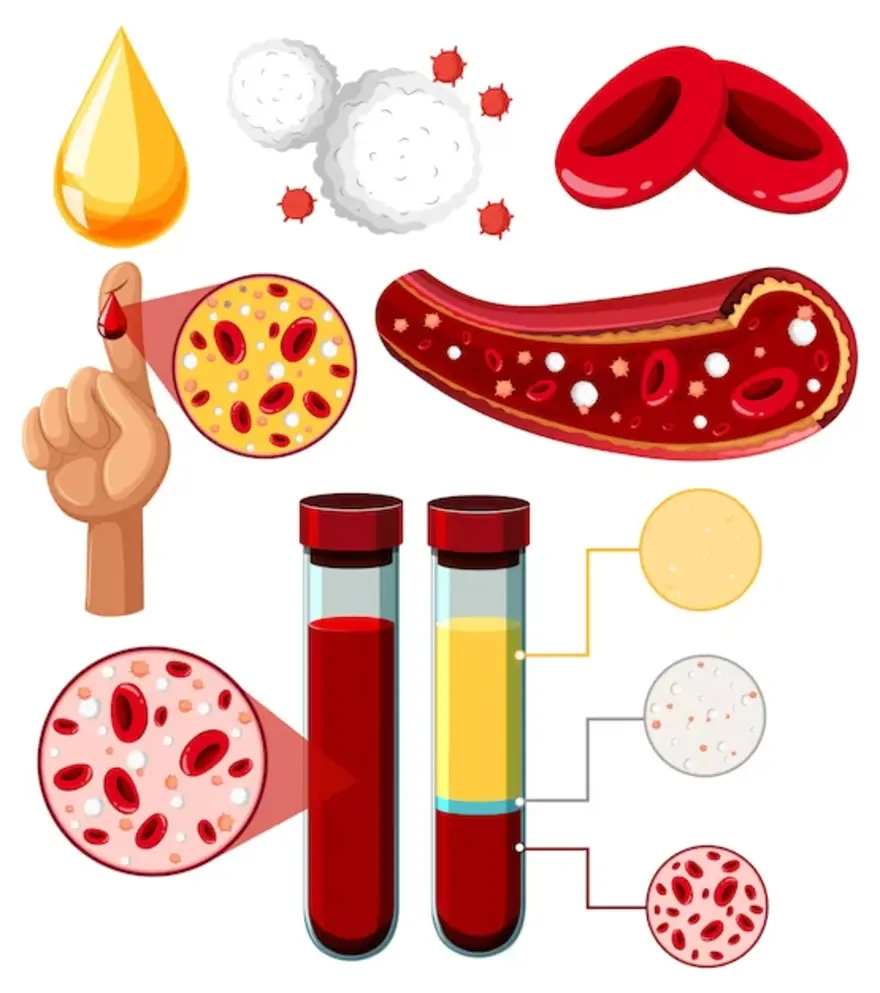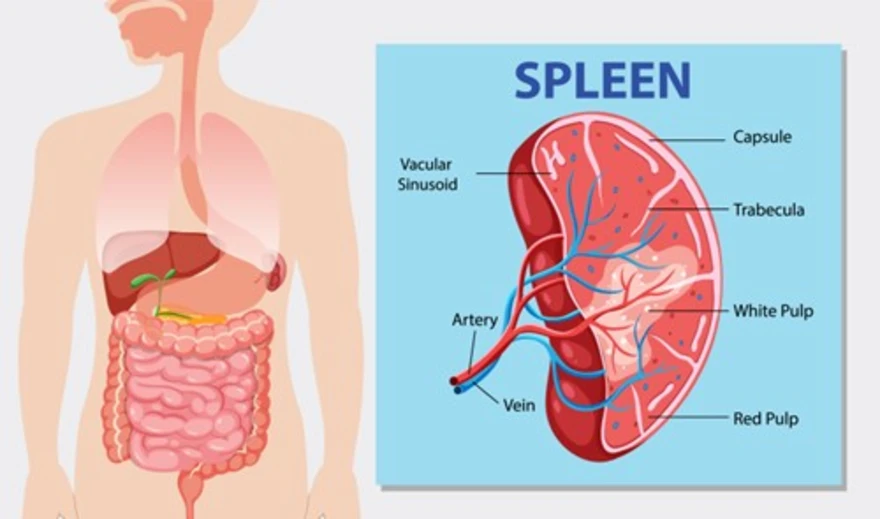Preventive Healthcare
What is Glycemic Index: Low vs High Glycemic Foods and How to Use It

Table of Contents
Introduction
Throughout the day, your blood sugar levels undergo various ups and downs based on the food you eat. The glycemic index is a scale from zero to 100 that assigns a numeric score for food, usually depending on how drastically it can cause your blood sugar to rise. Pure glucose is given a value of 100, and all other foods are compared to this before being assigned a value. A glycemic index is a beneficial tool for better blood sugar management. Using this helps you gain better awareness about what is on your plate and helps you in your weight loss journey, reduce your cholesterol levels, and lower your blood sugar levels. Find out more about the glycemic index, its effect on your health, and how best to use it daily.
What is the glycemic index?
The glycemic index (GI) measures how different foods affect your blood sugar. The food is usually classified as high, medium, and low and is ranked on a scale of 0 to 100. The lower the glycemic index of an item, the less it will affect your blood sugar levels. Here is how to identify which category, based on glycemic index, a specific food may fall under.
Low: 55 GI rating or less
Medium: 56-69 GI rating
High: 70 or above GI rating
When you consume food close to how they are found in nature, it will have a lower glycemic index than foods that have undergone high levels of processing. Processed foods usually have a higher glycemic index. Most packages list their glycemic index on their labels, or you can also find the glycemic index for common foodstuffs on the internet.
Examples of high glycemic index foods
Carbohydrates usually get broken down very quickly in the body and can cause a rapid increase in your blood glucose levels. That is why they have higher GI than other foods. Some examples of high-GI foods are
- Sugar and other sugary food
- Sugary soft drinks and aerated drinks
- Potatoes
- White rice
- White bread
Examples of low glycemic index foods
Those foods that are broken down slowly cause your blood sugar levels to rise gradually over time. Examples of these foods are
- Certain fruits and vegetables
- Wholegrains like porridge oats
- Pulses
Changes in glycemic index
The number you see as the glycemic index for different foods is usually the starting point value. These values could change before the item hits your plate. This change depends on several factors, such as:
Preparation
Acid, fat, and fibre can help lower the food's glycemic index. On the other hand, the longer you cook starches such as pasta, the higher their glycemic index will rise.
Ripeness
Some fruits, like the banana, will show a higher glycemic index as they ripen.
Foods Eaten Together
You can bring the overall glycemic index of the meal by combining foods with higher glycemic index and those with lower values.
Other factors that affect the food's glycemic index depend on the person consuming the meal. How active you are, your age and the speed at which you digest your food are also important parameters when considering your body's reaction to carbs. If you are diagnosed with gastroparesis, a complication of diabetes, it can further delay the emptying of your stomach and result in slower absorption of food.
How to use glycemic index to help control blood sugar?
The glycemic index is one strategy that can help control your blood sugar levels. This is especially useful if you have diabetes or want to lose weight. A low glycemic index diet's significant benefits include lower risks of heart disease, cancer, and other conditions. Here is how you can reap the benefits of using the glycemic index while planning your meals:
Compare carbs
Carbohydrates are one of the primary nutrients in rice, vegetables, fruits, cereals, and dairy. Simple carbs usually comprise linked sugar molecules like sucrose, glucose, and fructose. On the other hand, starches like corn, potatoes, wheat, etc., consist of multiple glucose molecules strung together in a long chain. The glycemic index helps you understand which carbs are more likely to promote a spike in your blood sugar levels and which ones can cause a gradual increase.
Choosing a healthier diet
Using the glycemic index to create a healthy diet plan is easy. All you have to do is swap out foods with high glycemic index with low glycemic index foods. While researchers have created a glycemic index chart with thousands of foods, here are some common foods based on their glycemic index:
Low glycemic index foods: Fruits, vegetables, beans, minimally processed grains, low-fat dairy food, nuts, and pasta.
Moderate glycemic index foods: White potatoes, sweet potatoes, white rice, corn, cous cous, and wheat-based breakfast cereals.
High glycemic index: Rice cakes, crackers, most packaged breakfast cereals, bagels, doughnuts, cakes, waffles, croissants, and cookies.
Planning your diet
Spend some time every week planning your diet and finding low glycemic index alternatives to your favourite foods using the glycemic index. You will start seeing positive changes in your health and fitness levels.
Book a Blood Test
Conclusion
The glycemic index is a tool that helps individuals make healthy diet choices. If you are diagnosed with lifestyle diseases like diabetes, obesity or are at risk of heart disease, you can reap many benefits from switching to a low glycemic index diet. However, the benefits of a low glycemic index diet extend far beyond those with chronic illnesses. This is why along with changing your dietary habits, you also need to undergo regular medical checkups to keep track of your health and know if there are any changes in your situation. Metropolis Labs is one of India's best diagnostic labs providing its customers with convenient at-home testing and other services so that they can live a healthy lifestyle.


























